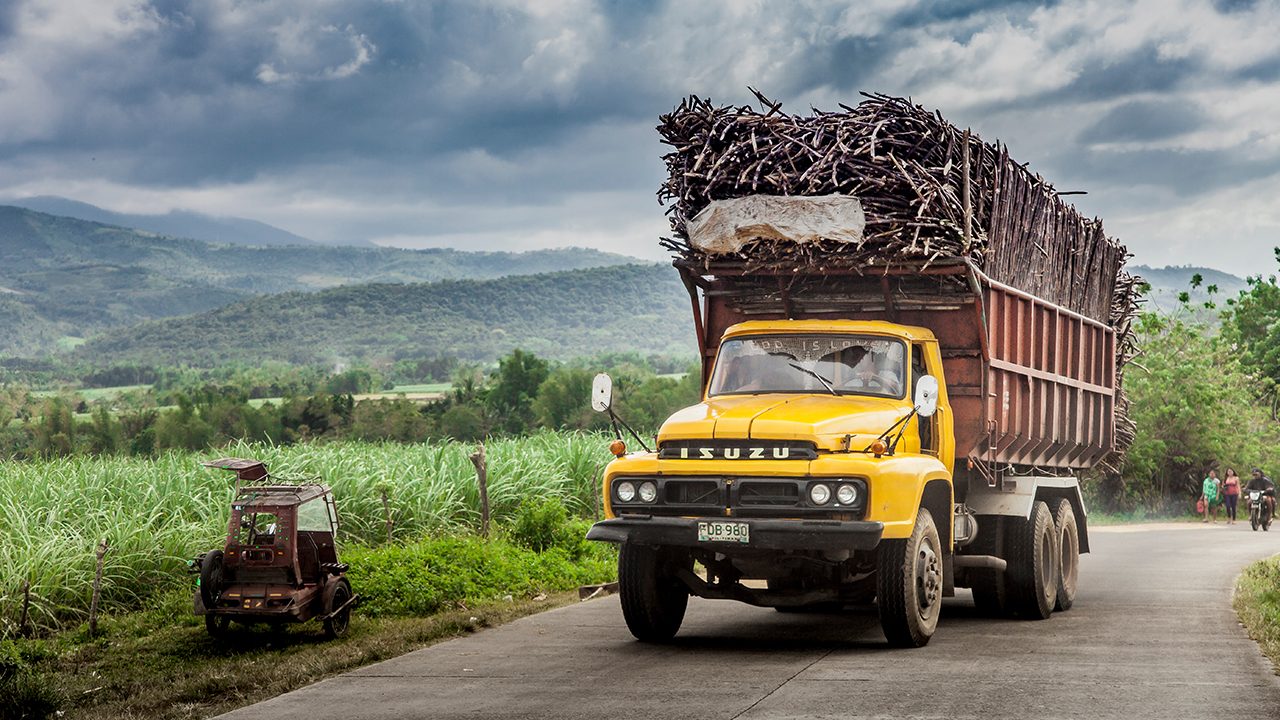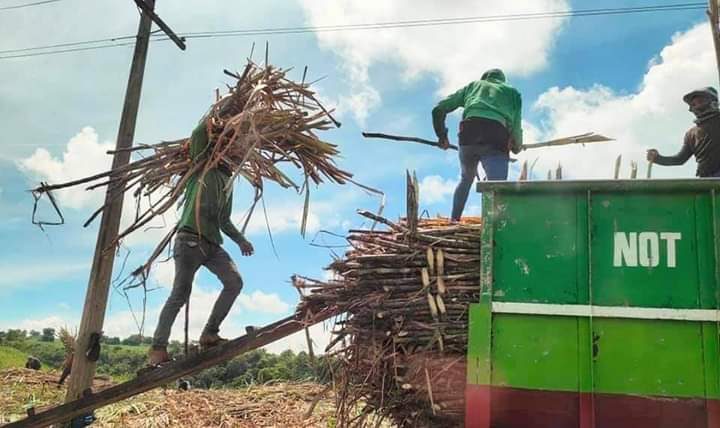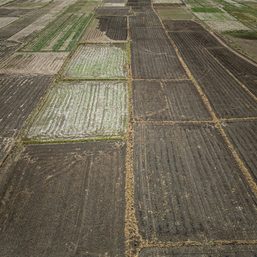SUMMARY
This is AI generated summarization, which may have errors. For context, always refer to the full article.

BACOLOD, Philippines – Former Sugar Regulatory Administration (SRA) chief Rafael Coscolluela warned on Monday, May 13, of a likely two-month delay in the start of the milling season on Negros Island due to the El Niño phenomenon.
The projection, a labor group said, would mean more difficult times for more than 700,000 sugar workers in the provinces of Negros Occidental and Negros Oriental.
Negros, dubbed as the “Sugar Bowl of the Philippines,” supplies at least 65% of the country’s sugar needs.

Coscolluela, a former governor of Negros Occidental who serves in the Confederation of Sugar Producers Association Incorporated (CONFED), said most farms across Negros Island are suffering from stunted or delayed growth. This, he said, would mean millable canes would not be available in August and September, the start of the milling season in the Philippines.
“Yes, most likely we will start our milling in October,” said Negros Occidental 5th District Representative Dino Yulo III.
Wennie Sancho, secretary general of the General Alliance of Workers Association (GAWA), said a two-month delay in the start of the milling period would adversely affect, directly and indirectly, more than 700,000 sugar workers in the Negros provinces.
“This is beyond alarming. This is going to be like an extended tiempos muertos (downtime) for the entire Negros,” said Sancho, who also represents the Save the Sugar Industry Movement (SSIM).
Tiempos muertos usually takes place in the Negros sugar milling season from June until the early part of August every year.
Due to the drought impacting Western Visayas, Coscolluela said sugar cane planters would likely resort to the “gupod” (cutback) method, using six-month-old sugarcanes to ensure cane points are available for replanting when the rains come.
SRA Administrator Luis Pablo Azcona said the drought has so far damaged more than P215 million worth of sugarcane plantations across Negros Occidental alone. Around 30% of the standing crops have been affected.
Coscolluela said Azcona based his pronouncement on survey data available as of April 15, 2024. Since April 16, losses in the sugar industry have continued to increase, he said.
Coscolluela lamented that the most severely affected in the industry are the small planters or agrarian reform beneficiaries (ARBs) in the province, as they lack access to irrigation. Yulo agreed, noting that the majority of those in the sugar industry are small planters or ARBs without access to irrigation facilities.
Coscolluela said the SRA should expand its distribution of solar-powered irrigation systems to include small planters, mitigating the intense impacts of the drought on the sugar industry. He also proposed that the SRA adopt water impounding and solar pumping systems to benefit vulnerable small planters.
To make the sugar industry resilient amid frequent severe weather conditions caused by both El Niño and La Niña phenomena, Coscolluela stressed that the SRA needs to consider measures to help the sugar industry overcome climate change.
He said subscribing to regenerative agriculture is one of the best approaches. Regenerative agriculture avoids the use of synthetic or chemical fertilizers and pesticides, replenishing soil fertility and making it suitable again for sugar farming.
Coscolluela, however, said there was no need for sugar importation. “Based on our current data, we still have 1.2 million metric tons of imported brown and refined sugar available,” he said.
To ensure a stable supply and price of sugar in the country, Coscolluela said the SRA should provide an accurate projection report balancing supply and demand.
He also proposed that the SRA develop a comprehensive sugar importation program so the government would be guided and know when to spot a “triggering point” as a signal to import sugar. –Rappler.com
Add a comment
How does this make you feel?














There are no comments yet. Add your comment to start the conversation.